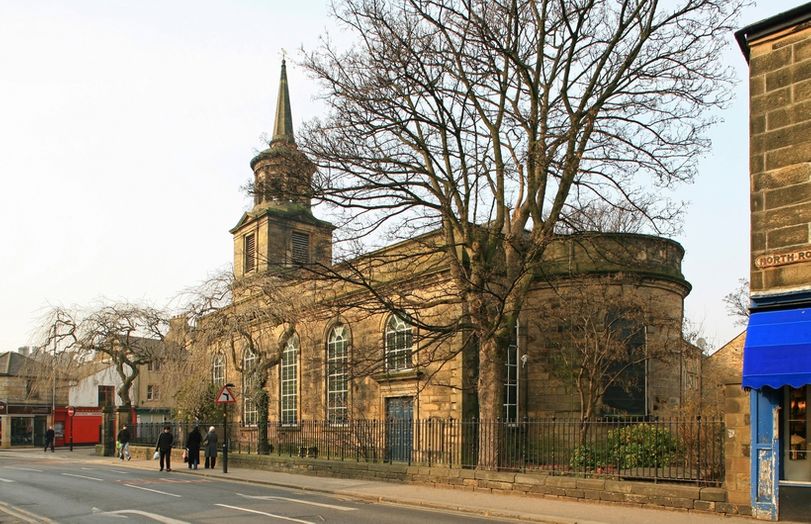Archaeological Investigations at St John’s, Lancaster
A team from Oxford Archaeology North will start work next week to excavate up to six 1m x 1m trenches in the north side of the churchyard at St John’s Church Lancaster.
Oxford Archaeology North are an archaeological practice based in Lancaster who are experienced in the archaeology and history of the area, and in the sensitive investigation of burial grounds. The team have already produced a desk-based assessment and survey of the churchyard, which is helping us to understand who was buried at St John’s and the individuals and communities who worshipped at the church in the past.
The work is being carried out to help us to better understand the condition and complexity of any buried archaeological remains in the churchyard, including state of preservation and disturbance. In particular, this will help us to:
- Understand the impact on archaeological remains of proposed construction of an extension to the north of the church, allowing us to understand any need more accurately for further archaeological work, associated costs, and allowing us to design an extension which minimises impact on the remains. As an example of this, we are already considering building an extension which sits at a raised level (with a higher floor)– this will also mitigate against flood risk.
- Understand who was buried at St John’s and the make up of the community who worshipped at the church, allowing for better interpretation of the history of St John’s and the Mill Race area.
The churchyard contains 713 registered burials, buried between 1757 and 1854, with 104 grave monuments still in the churchyard (although many have been moved from their original position). The earliest inscription dates to 1764 and the most recent inscription to 1910. Those buried at St John’s represent the demographic of the wider community, although wealthier individuals are more likely to be memorialised with a gravestone. The people listed in the burial registers include mariners and merchants, paupers and workhouse inmates, but also an attorney, a hatter, a brewer, a blacksmith and a coach maker. 83 children are also listed.
It is unlikely that there are any earlier archaeological deposits on the site, as the church was built on Green Ayre, an undeveloped area near the river Lune in the 1750s. Other development then took place around St John’s – housing, industrial, and manufacturing activities, and activities linked to the port and trade on the river all grew, along with the population of the city, over subsequent years.
Excavations will take place on the north side of the churchyard. Two trenches will be against the church wall so that we can understand the foundations of the building better, the other four will be positioned so to avoid having to move any of the ledger stones or grave slabs, although the archaeologists may, of course, discover grave slabs or tombs buried underneath the current ground level. As part of our plans to find a new, sustainable use for St John’s we are considering the construction of an extension to the church in this area of the churchyard, which would provide toilets, meeting rooms, and other spaces to make a financially viable use of the church possible.
Excavation will go down as far as the ‘burial horizon’ – ie if/when the archaeologists reach articulated human remains they will stop excavating and record what they find. If no articulated remains are discovered, they will stop at max depth of 1m to ensure safety. Works will take place from 5th February 2024 for approximately one week. Results will be written up and shared after the work completes.

